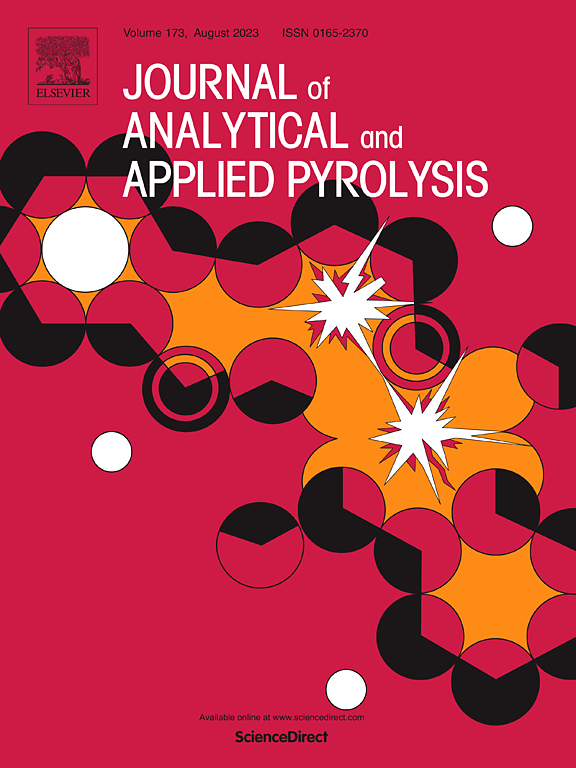Clean microwave carbothermic reduction of hematite using biomass-derived products: Dual role of biochar and pyrolysis gas
IF 5.8
2区 化学
Q1 CHEMISTRY, ANALYTICAL
引用次数: 0
Abstract
Hematite is one of the major wastes in rare earth production and its utilization requires reduction. However, the traditional carbothermic reduction requires a large amount of fossil energy, and the process of coking and reduction results in a significant waste of thermal energy. Therefore, there is an urgent need to develop new green carbothermic reduction technologies. In this study, the strategy of whole-component utilization of biomass pyrolysis products was employed to carry out microwave thermal reduction of hematite using biochar and pyrolysis gas derived from integrated fruit peel waste. Biochar shows excellent microwave-thermal conversion ability: it can participate in microwave carbothermic reduction reaction as both heating medium and reduction medium in the reduction process. Under the synergistic effect of biochar and pyrolysis gas, the reduction temperature of hematite was lowered, the metallization rate of the reduction products was enhanced, and the whole-component utilization of biomass pyrolysis products was realized. The biochar-gas coupling process has been demonstrated to facilitate the metallization of hematite to a significant extent. A 93.32 % hematite metallization rate was achieved within 30 min of microwave reduction at 1000°C, with only 15.62 % biochar consumption. The results show the dual contributions of biochar and pyrolysis gas under microwaves, providing a new approach to biomass waste and tailings utilization.
求助全文
约1分钟内获得全文
求助全文
来源期刊
CiteScore
9.10
自引率
11.70%
发文量
340
审稿时长
44 days
期刊介绍:
The Journal of Analytical and Applied Pyrolysis (JAAP) is devoted to the publication of papers dealing with innovative applications of pyrolysis processes, the characterization of products related to pyrolysis reactions, and investigations of reaction mechanism. To be considered by JAAP, a manuscript should present significant progress in these topics. The novelty must be satisfactorily argued in the cover letter. A manuscript with a cover letter to the editor not addressing the novelty is likely to be rejected without review.

 求助内容:
求助内容: 应助结果提醒方式:
应助结果提醒方式:


